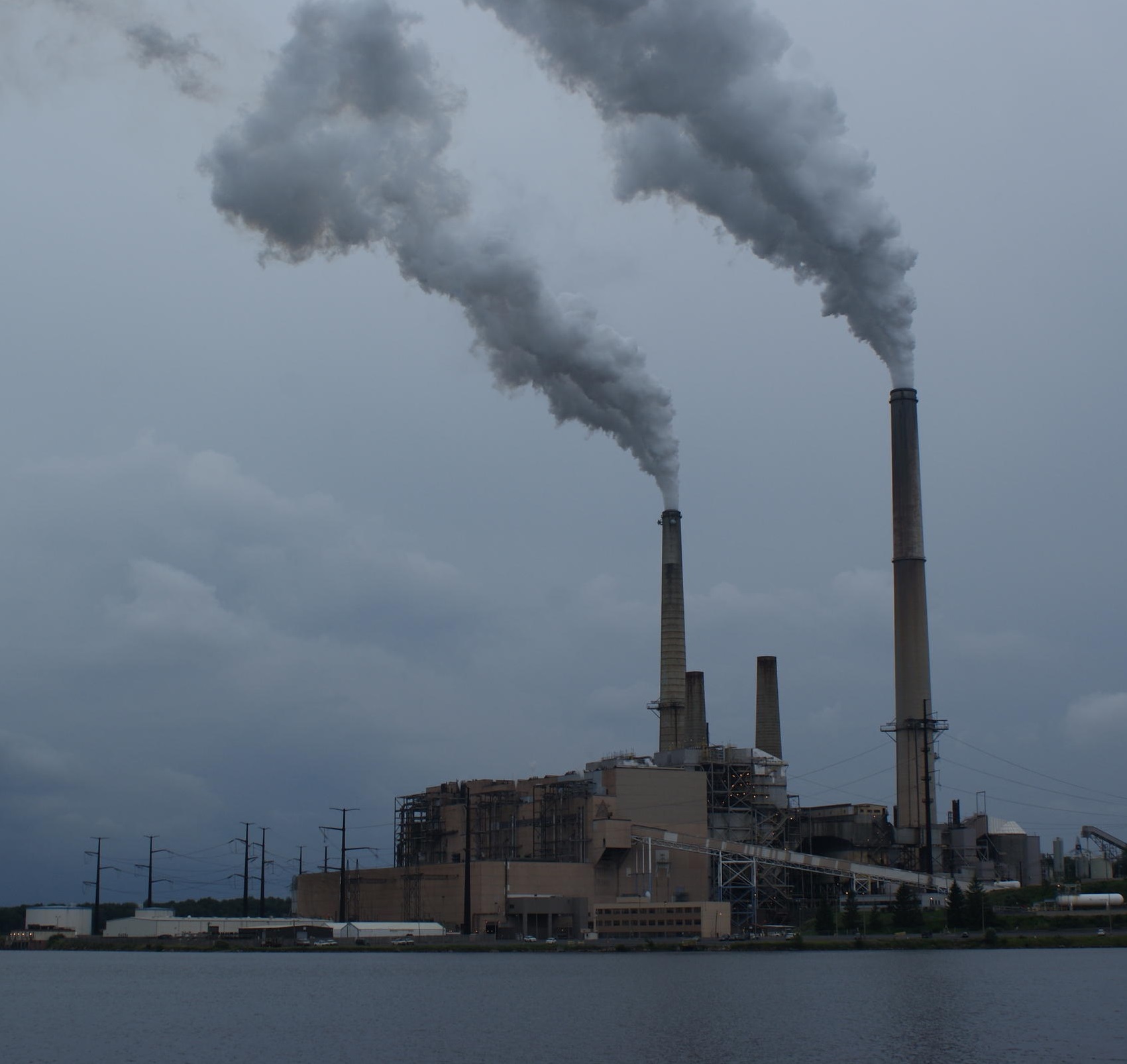by Jessica Wentz
On July 6, 2010, the U.S. Environmental Protection Agency (EPA) proposed a Clean Air Act rulemaking to reduce sulfur dioxide (SO2) and nitrogen oxide (NOx) emissions from power plants in the eastern United States. The proposal, also known as the “Transport Rule” is intended to replace the 2005 Clean Air Interstate Rule (CAIR), which was invalidated by the D.C. Circuit Court of Appeals in 2008. The Transport Rule would cover thirty-one states and the District of Columbia, requiring emissions reductions starting in 2012.
The purpose of the Transport Rule is to protect air quality and public health in downwind states, by reducing SO2 and NOx emissions at their source. These pollutants form fine particles and ozone in the atmosphere, which can travel hundreds of miles across state lines, causing regional health and environmental problems. To achieve reductions, the rule would impose a “hybrid cap-and-trade program” with state-specific SO2 and NOx emission budgets. The program would allocate emission allowances to energy-generating units (EGUs), and would permit full intrastate trading and limited interstate trading of those allowances. The EPA estimates that, by 2014, the rule and other state and federal actions would reduce SO2 emissions by 71% and NOx emissions by 52% (over 2005 levels). As a co-benefit, the EPA also predicts that the rule’s compliance costs would encourage greater use of natural gas and non-fossil fuel sources, reducing carbon dioxide (CO2) emissions by 15.3 million tons.
The Transport Rule would require fast, significant reductions in SO2 and NOx emissions to protect downwind states from harmful pollutants. During the next few years, the EPA plans to develop additional regulations for conventional pollutants and GHGs, which would further improve air quality in the United States. Some utility companies are concerned about the compounded costs of these regulations, but most environmental and public health advocates agree that they are a necessary step towards protecting human health and air quality in the United States.
Please view the full paper here.



